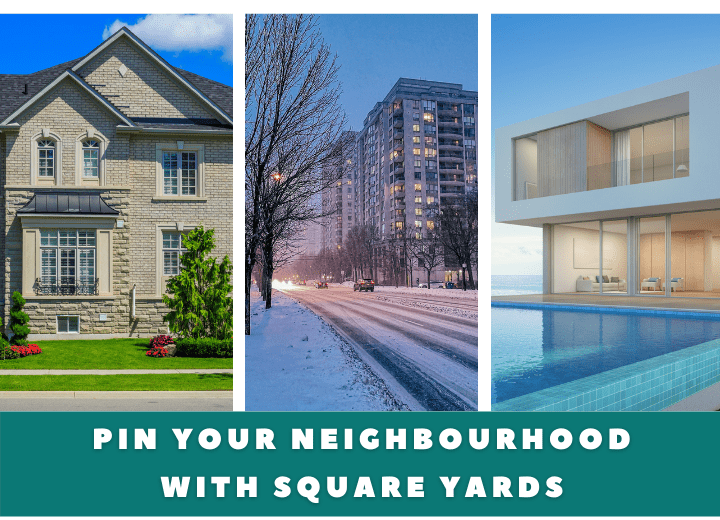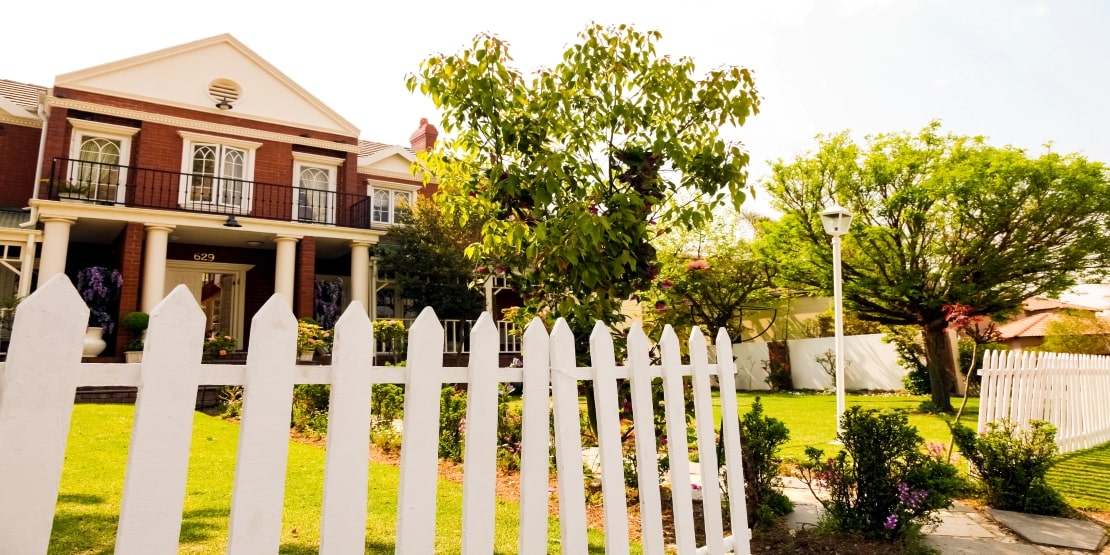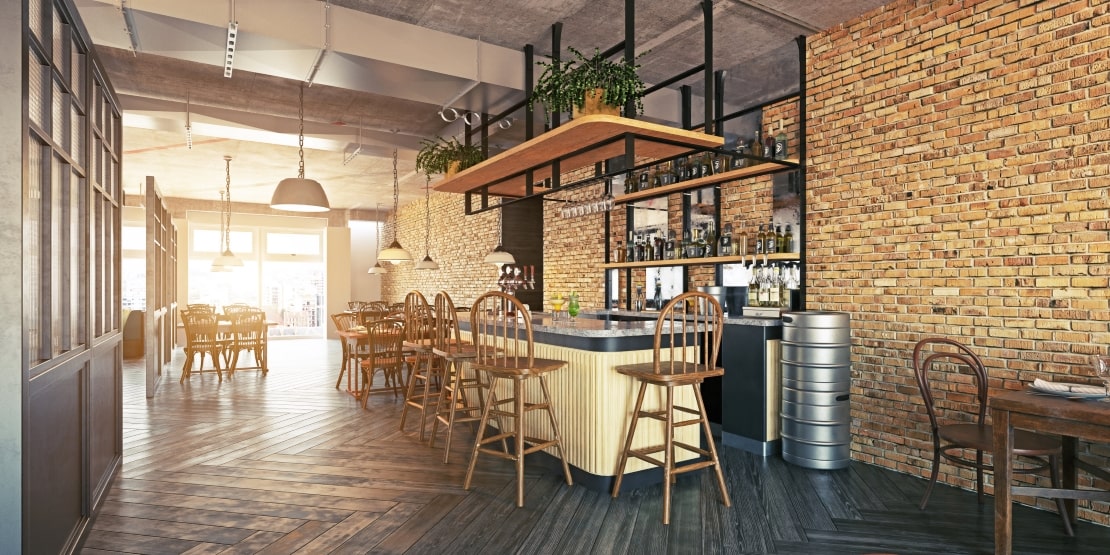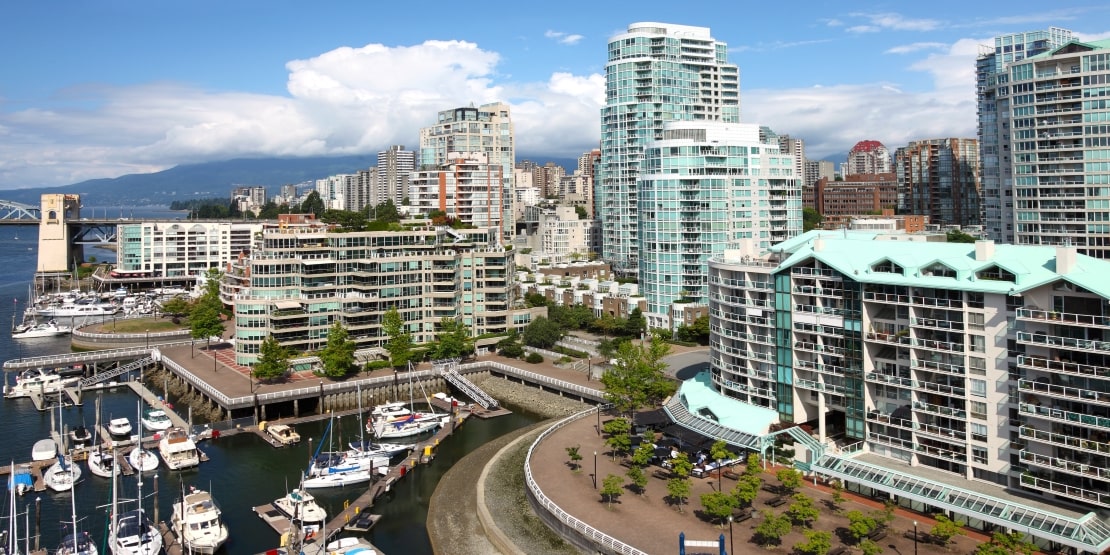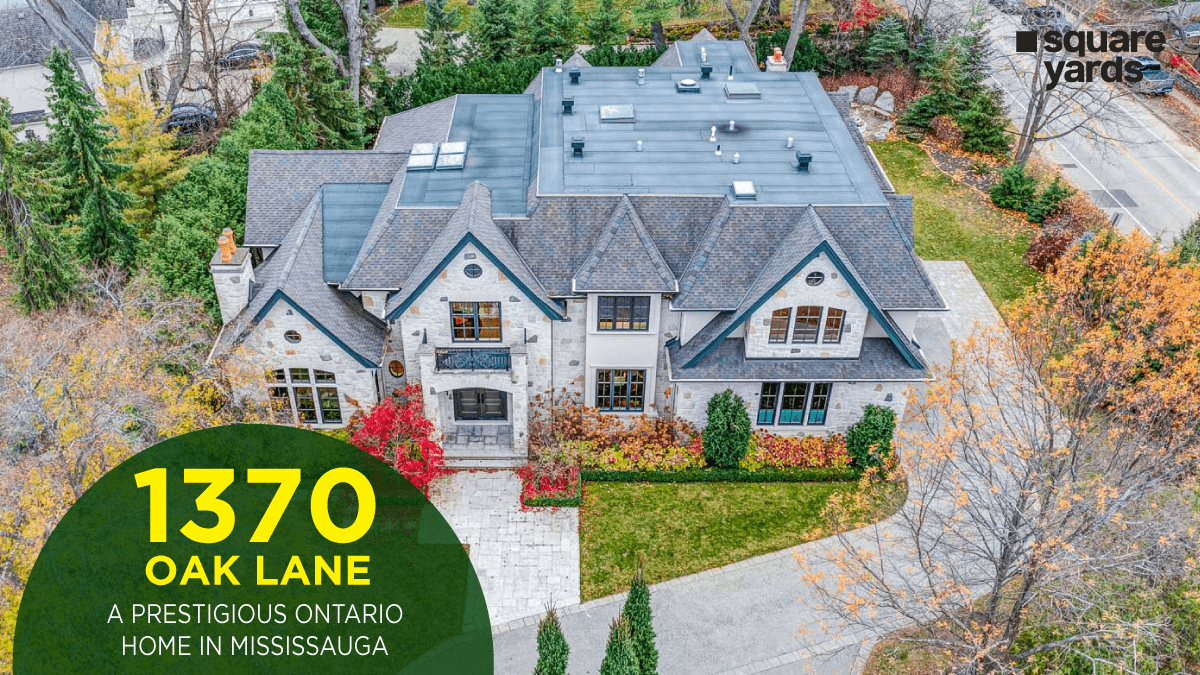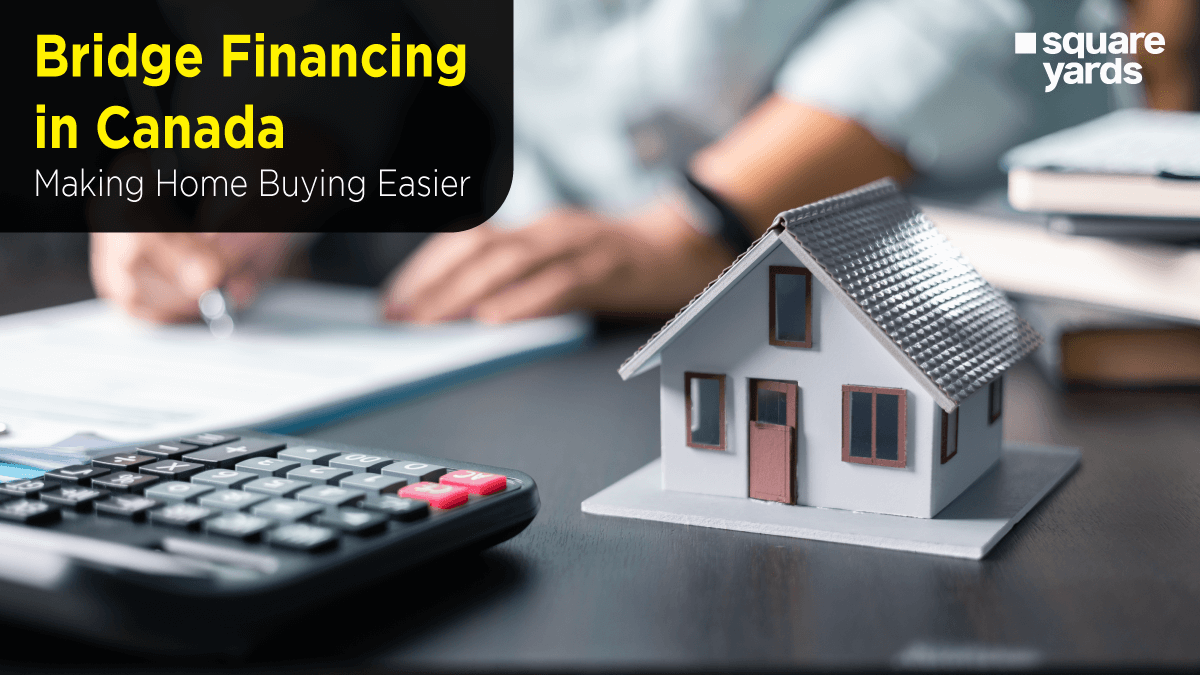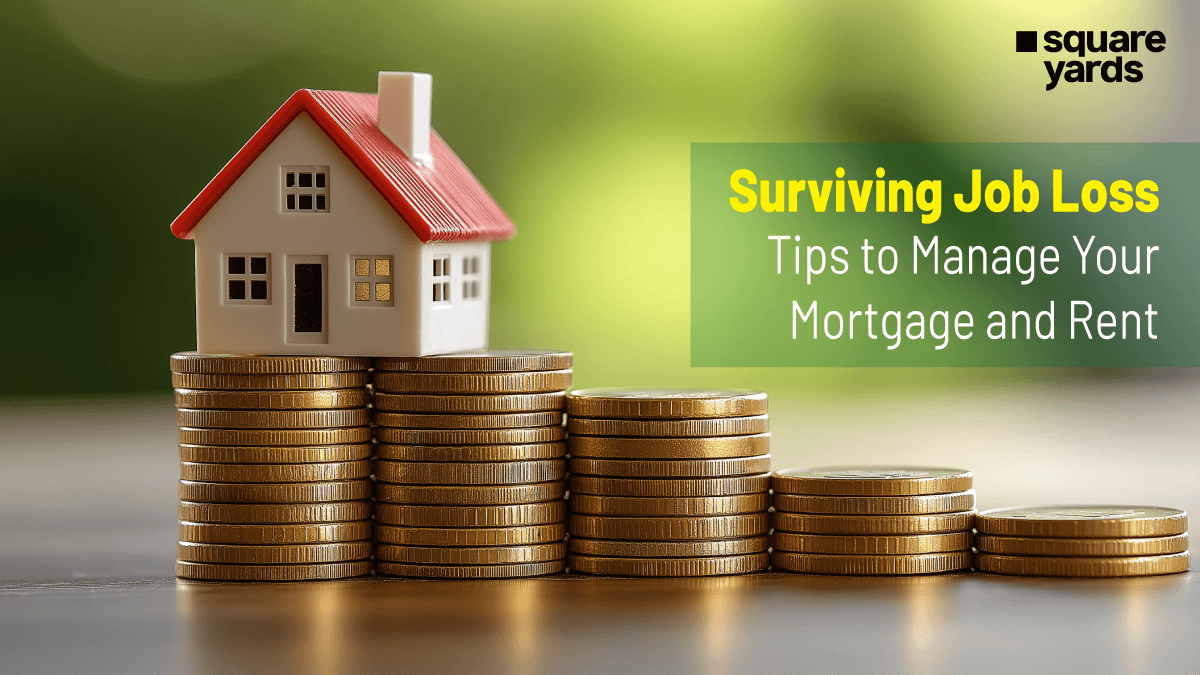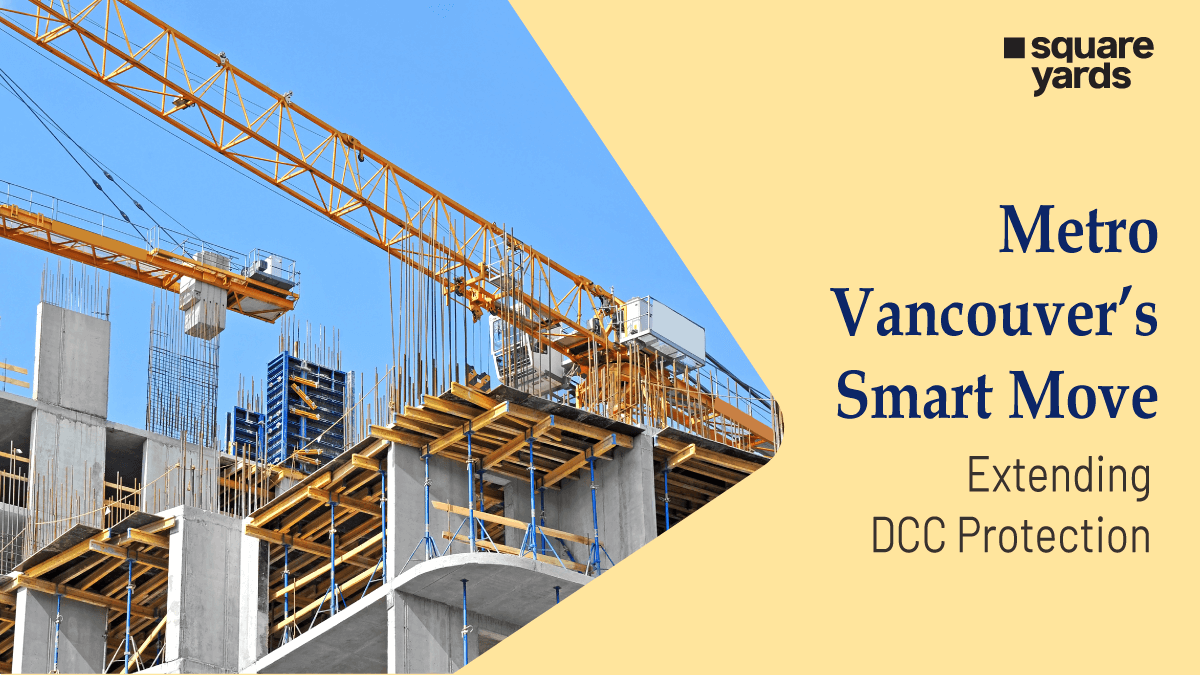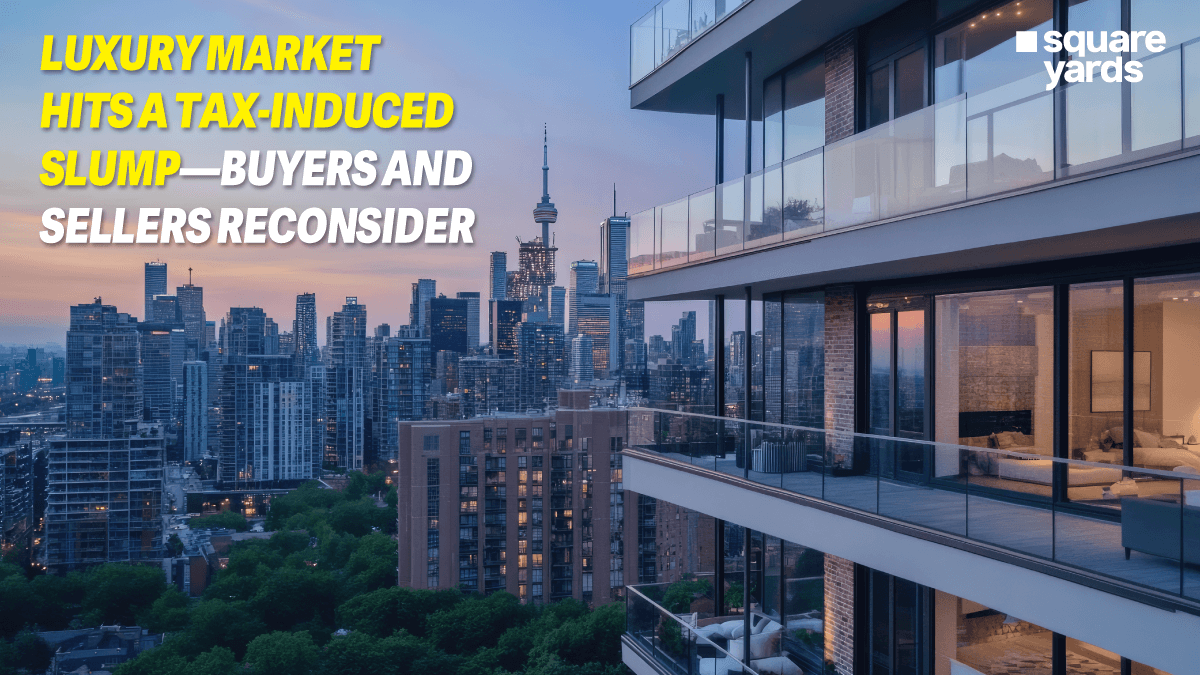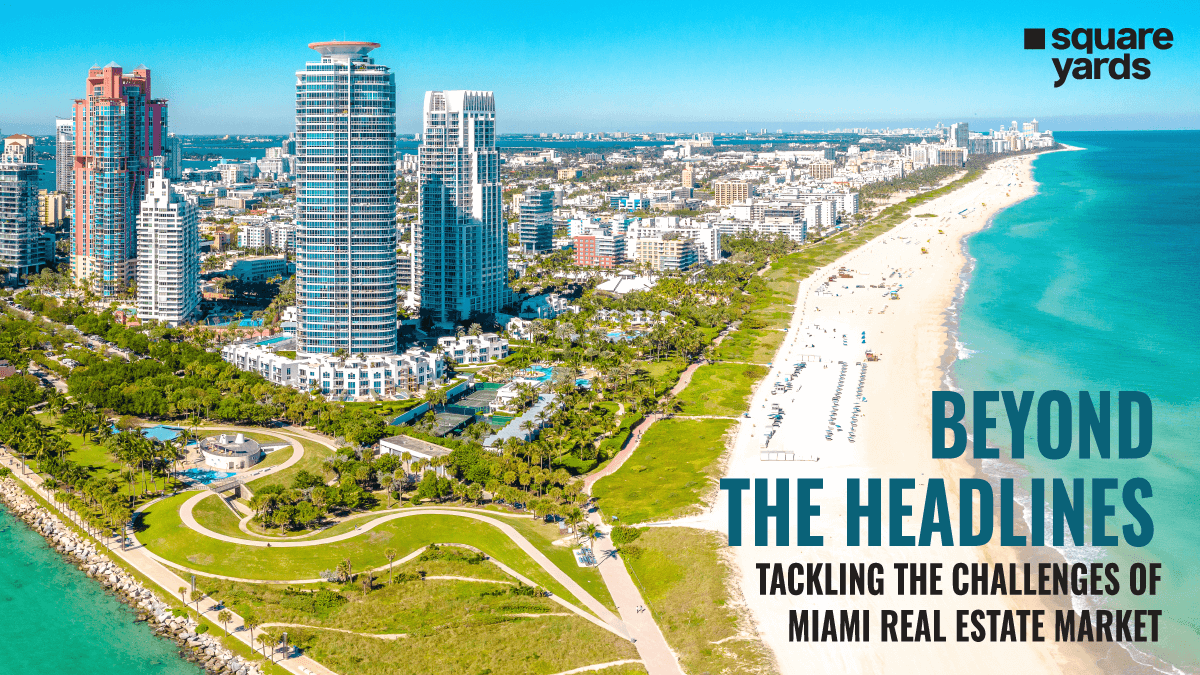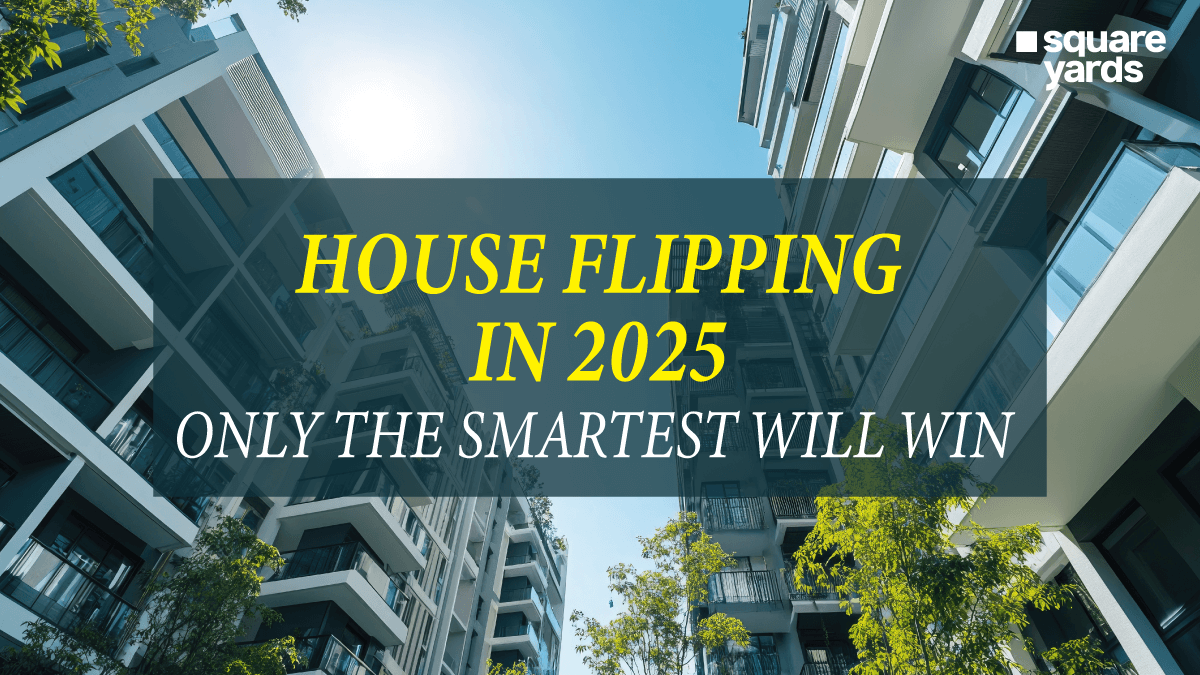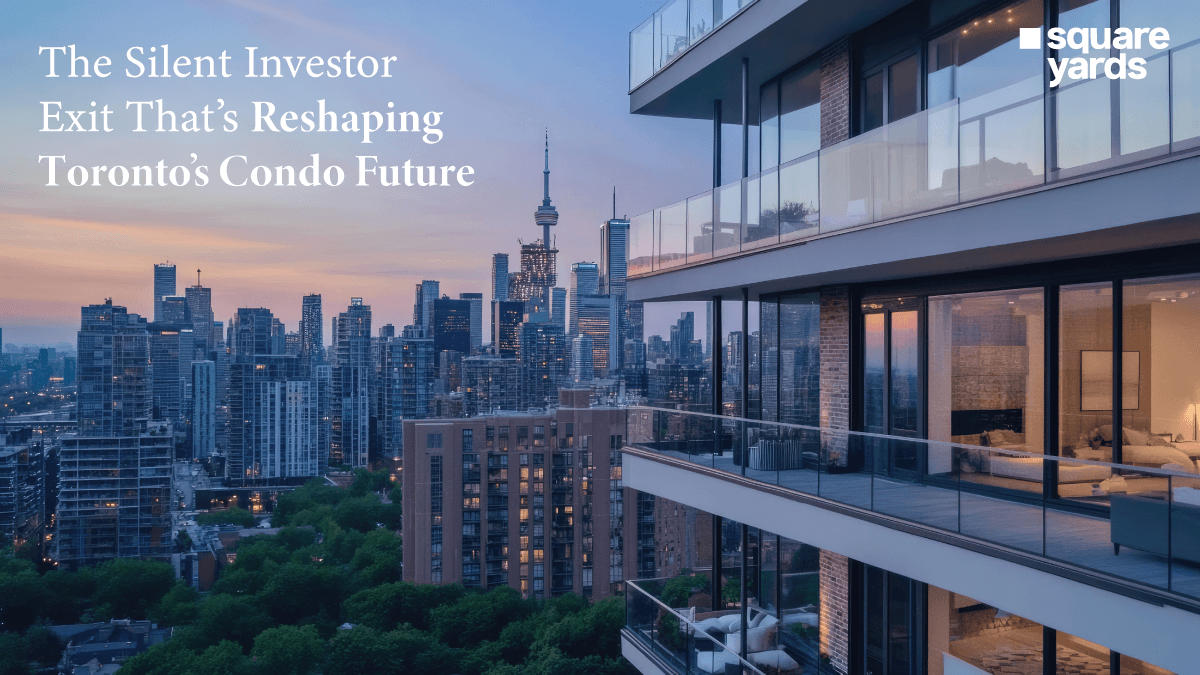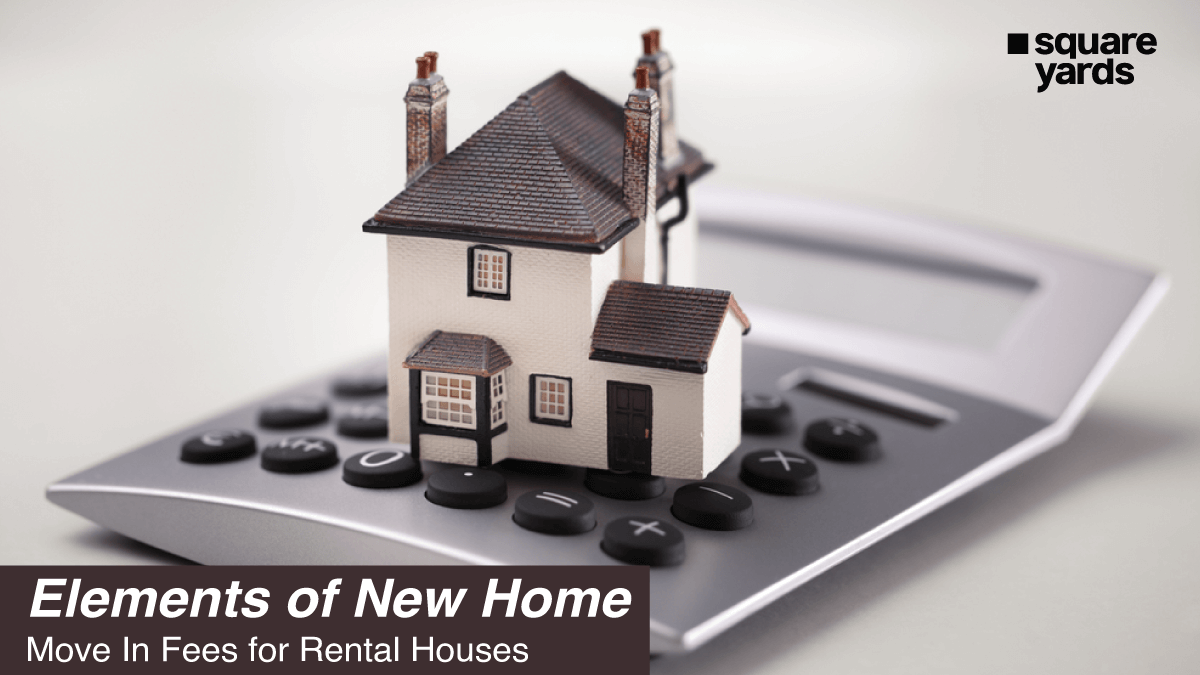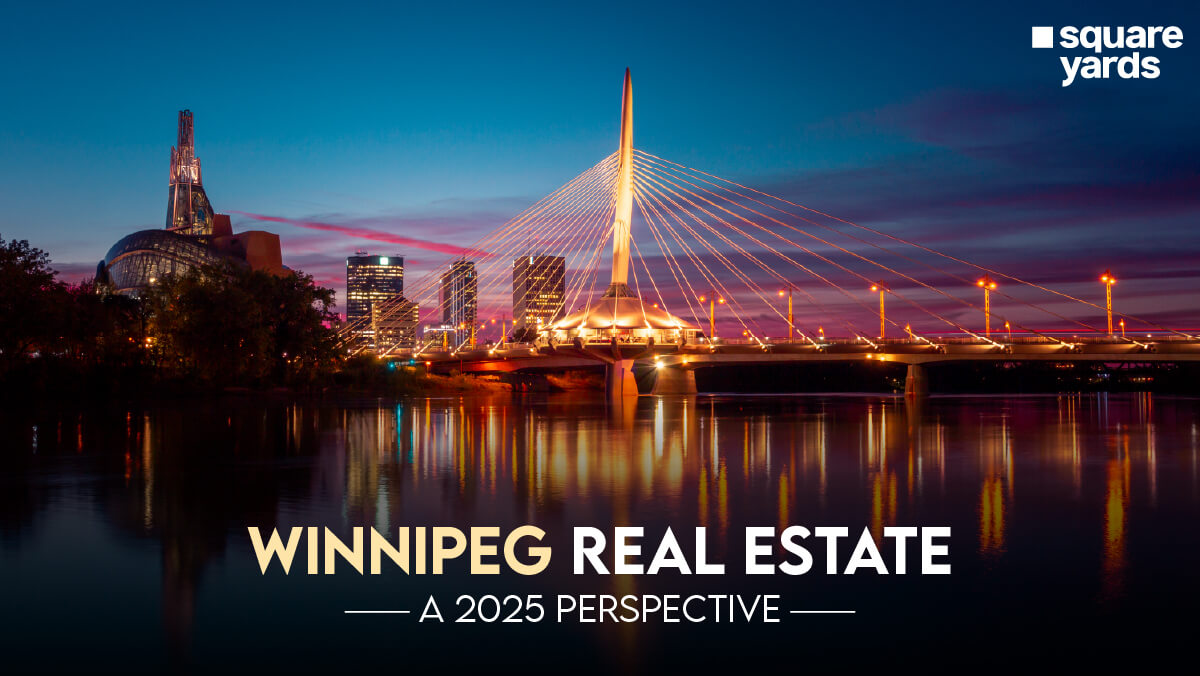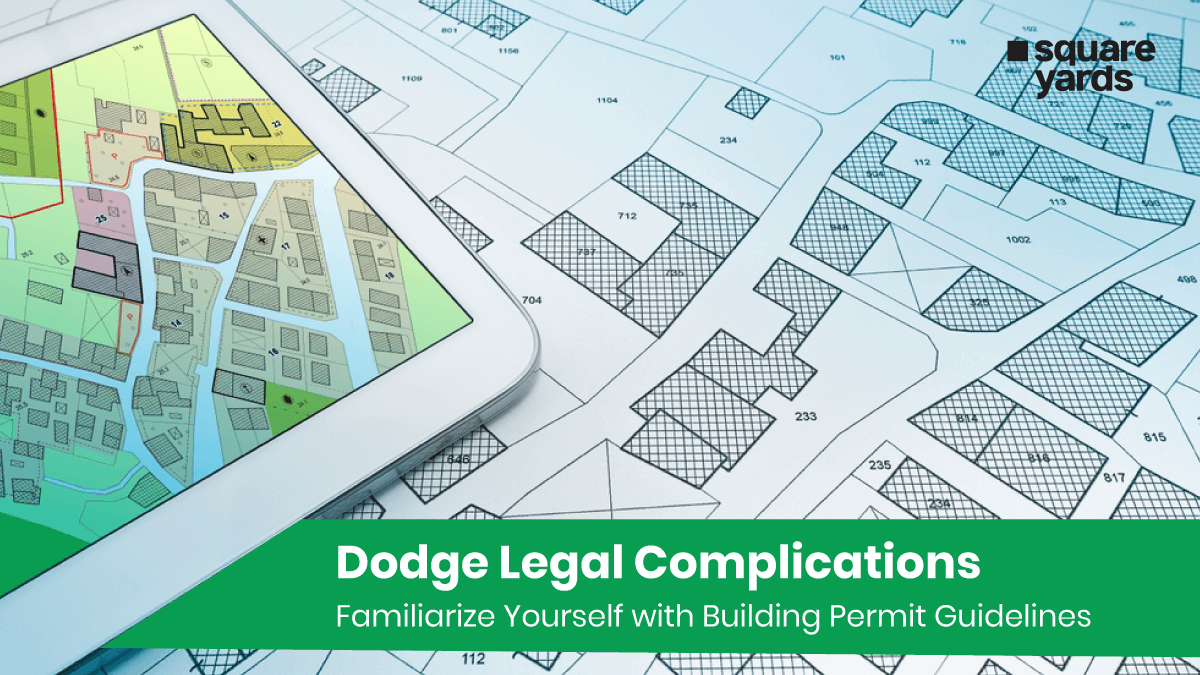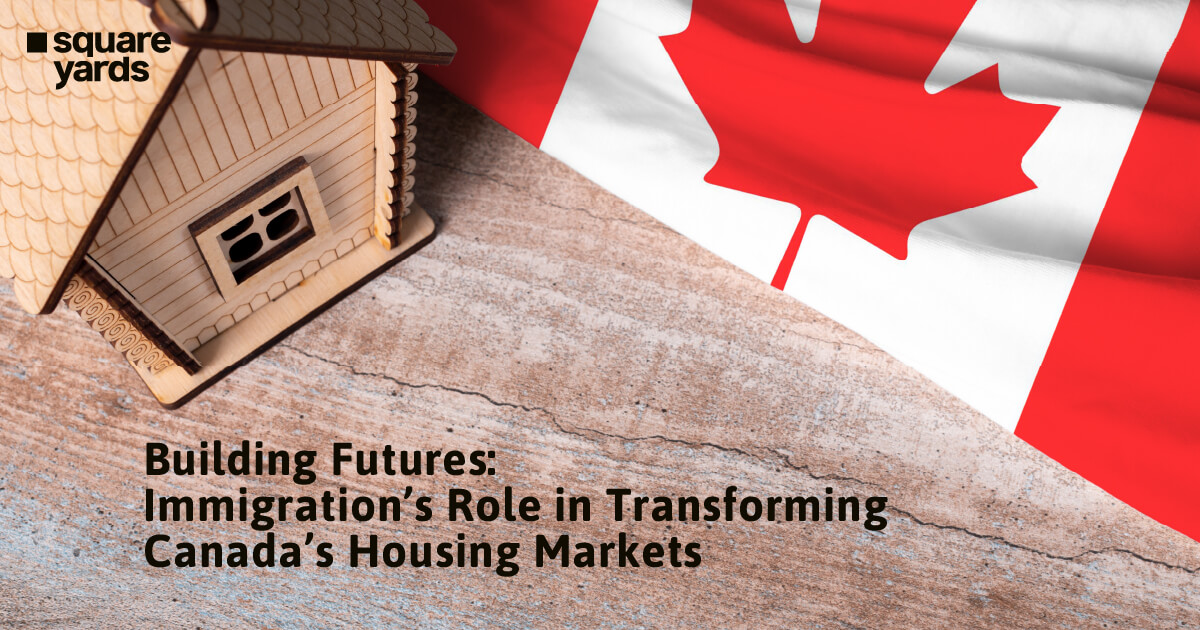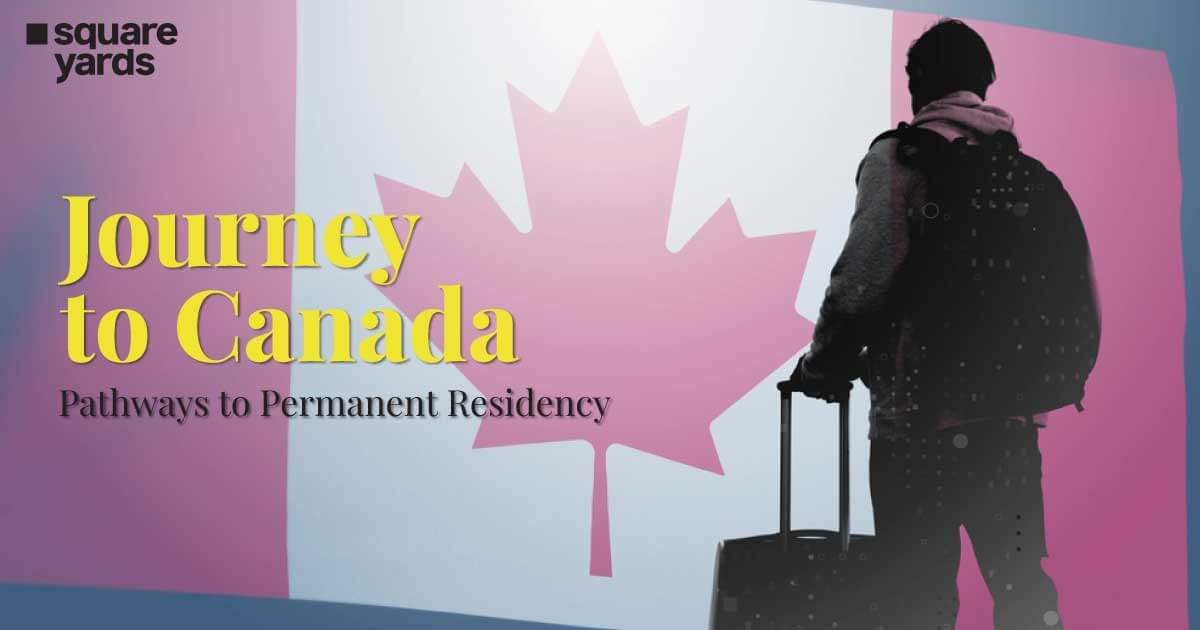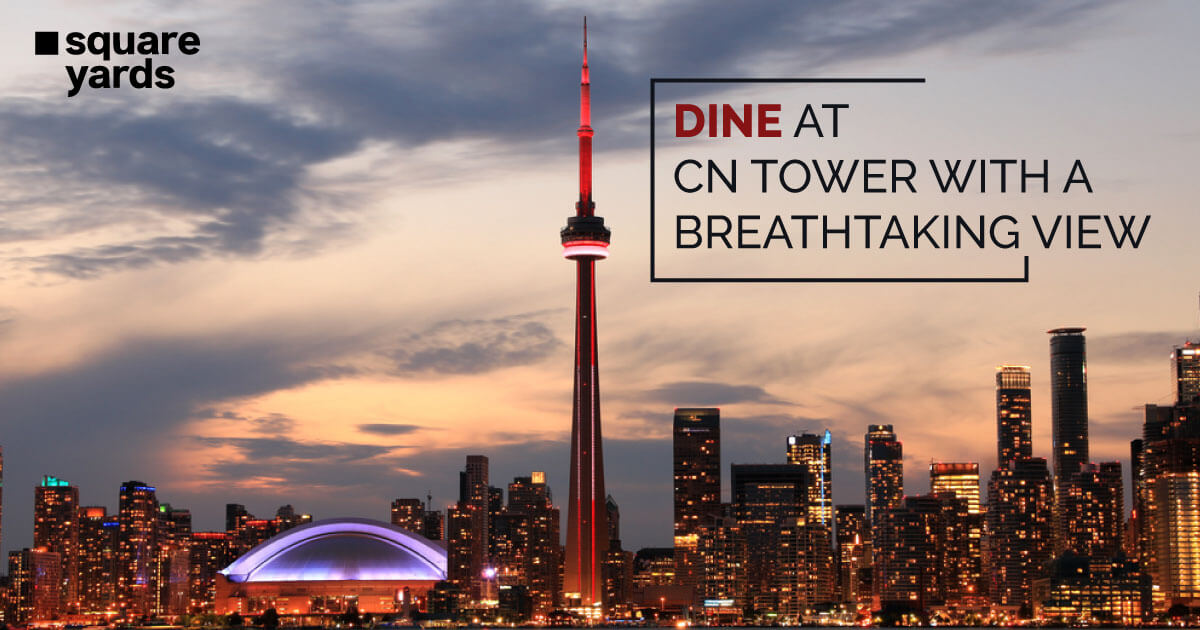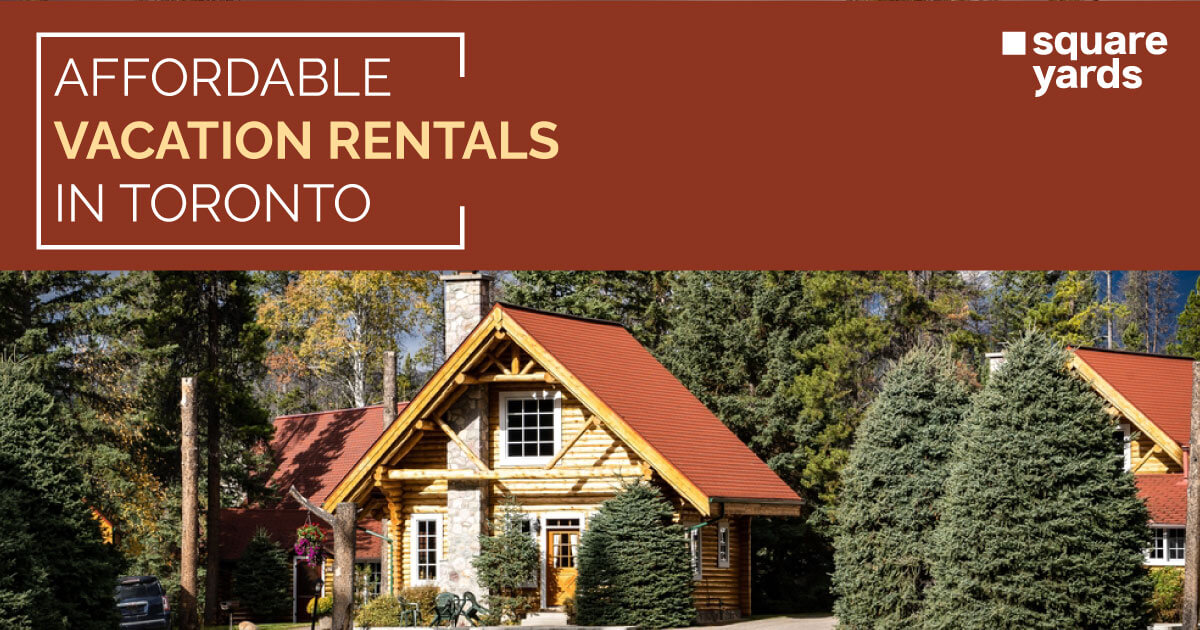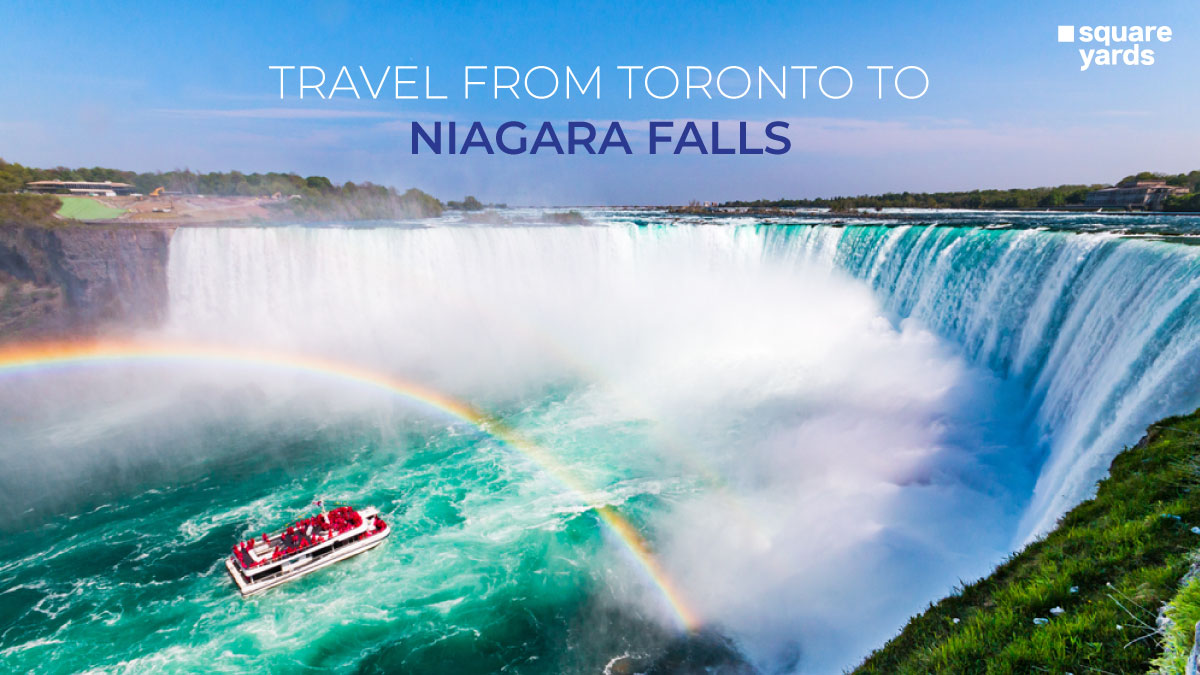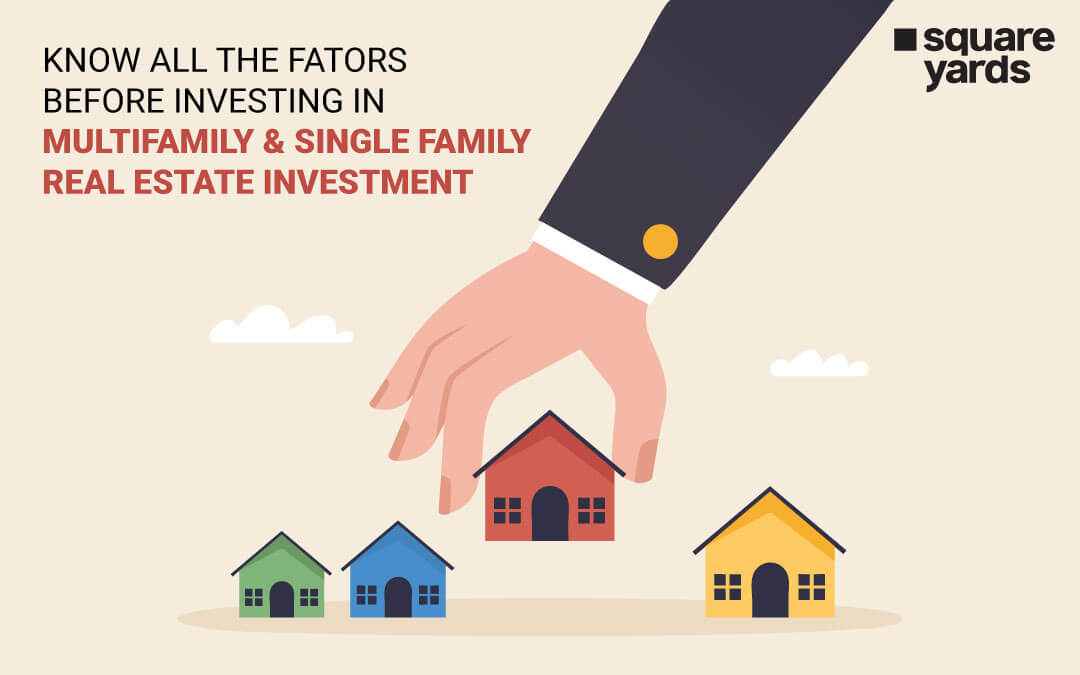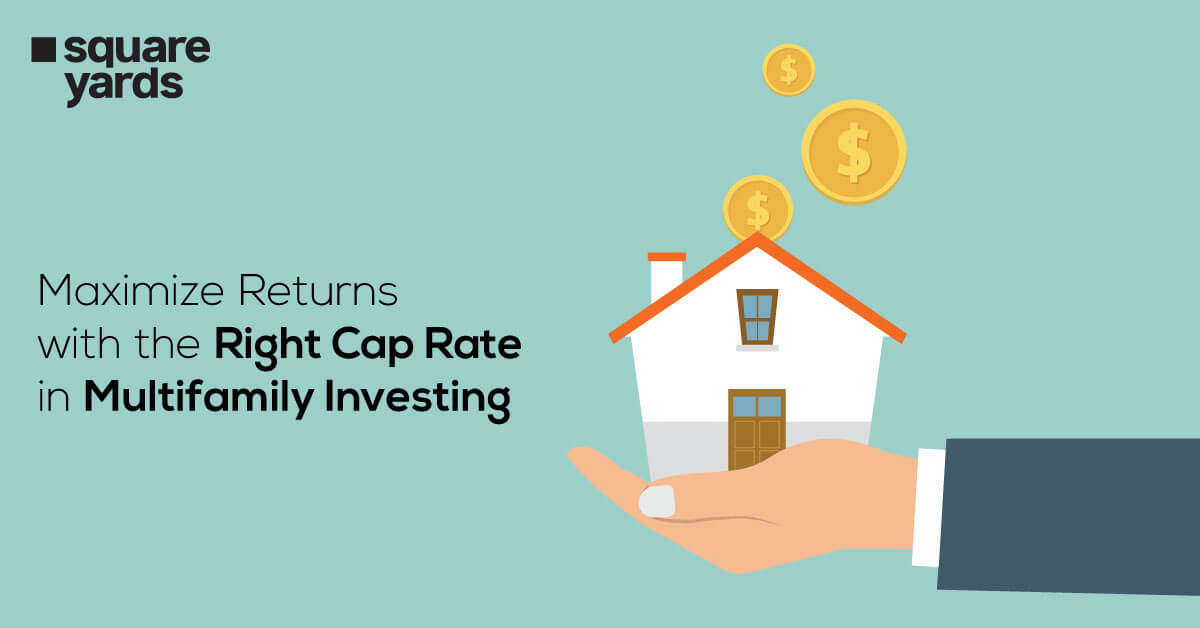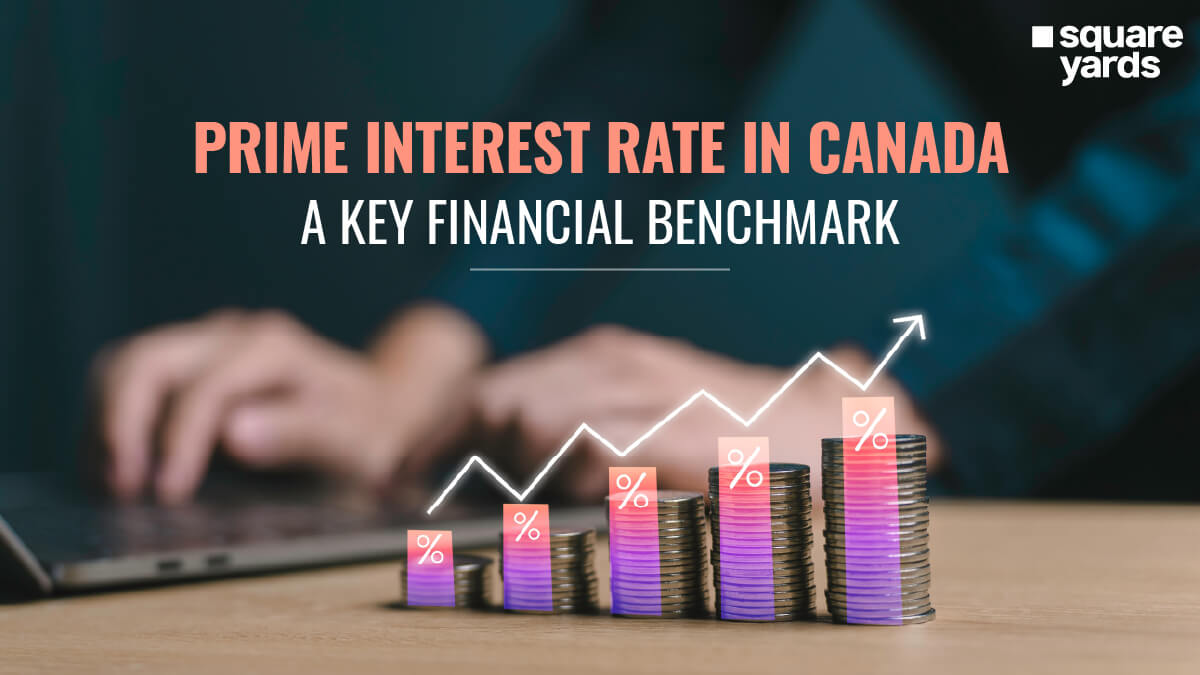Canada is a country of opportunities, feeding the free-spirited and ambitious intentions of the immigrants who travel to the country. Choose and explore the neighborhood is something subjective and every individual comes with their own checklist. But, there are a few bullet points that cater to the basic requirements when deciding to opt for a neighborhood.
While investing in any real estate property, choosing a neighborhood becomes equally important. We know that exploring a neighborhood from such an aspect can be overwhelming. So, here we bring you a brief layout to make everything hassle-free for you.
However, the factors that you pin down while choosing a neighborhood, can be different for different people. Here are a few of them:
- The value bandwidth of the property
- The typology of the property
- The proximity of the required amenities
- The accessibility of the neighborhood you live in
Apart from the above-listed factors, there can be many other aspects to consider while buying a property in a certain neighborhood.
The Typology of the Property
Choosing the right neighborhood is an important part, but the procedure is multi-fold and cumbersome for sure. While exploring any neighborhood, a major section of your decision would be governed by the type of residence that you are looking for. For example, Condominiums categorized under high-rise properties would be harder to find in the suburbs than in the typical urban fabric and vice versa.
Your preferences might be completely subjective since most of you would prefer amenities like a gymnasium, club house, pool area, etc.
Exploring the Neighborhood
Make sure you are well aware of the neighborhood, you can observe the traffic, noise and nightlife of the area before investing in any property in that particular neighborhood. Taking a stroll in the neighborhood and maybe staying there for a few days to get a hold of it would help you make the best choice possible.
Make sure to explore the neighborhood nearby food outlets and basic necessities that add up to your daily needs. You can also indulge with some locals in a brief conversation to enquire and know more about the neighborhood.
Appearance and Emotional Aesthetic of the Neighborhood
Exploring the neighborhood in terms of feeling connected via the physical and emotional aesthetics of a place is vital if you are planning to move there. Notice everything from the driveways to the yards, green patches, vacant properties, sideways and even the abandoned plot areas.
Some eye-capture the greens, some like the clean streets, some like a better planned and organized neighborhood. The neighborhood should also cater to your basic needs.
Depending upon the typology of residence you are looking for, the textural features of the neighborhood might vary in obvious ways. Everything from commercial developments and other small- or large-scale developments affect the street volume of any neighborhood.
You can also explore the neighborhood via virtual tours to get a better outlook of the area before actually visiting it. Later, you can just stroll around the area to notice other important details.
Developing neighborhood areas comes with open spaces, greener zones, lower crime rates and bigger grocery stores. Once you decide to move into a neighborhood, there is mostly no going back, so you need to be sure of the decision that you are making.
Access and Proximity to Restaurants and Shopping Complexes
Re-visit your checklists and align your requirements with the list of amenities that the neighborhood is offering. Visiting grocery and convenience stores, restaurants, shops, and hospitals are the basic facilities people look for while choosing their neighborhood.
If you are someone who doesn’t want to be around major commercial tracts, including areas encompassing clubs and market areas, you have the option of not opting for the same.
Schools
Usually, a well-maintained neighborhood area with a school district nearby is a desirable locality to live in. If you are looking to build a family, then choosing a neighborhood with a nearby school would be the only wise decision. Also, make sure of the transportation services and facilities before fixating upon the neighborhood you are willing to live in. Make sure to secure the bullet points from the perspective of your child’s future as well. Ensure there are a few trustworthy daycare centres and hospitals.
You can also look to explore the neighborhood where you can find people from the same community and expectations. The local school districts also have their own set of rules when it comes to their intake preferences. You should check about the same with your real estate agent before investing in the property.
Proximity to Work
Proximity to work is one of the priority pointers that people consider while hand-picking a neighbourhood they wish to reside in. It would be beneficial for you to check the distance of your office from your place of residence during rush hours.
While you explore the neighborhood, make sure to check the mode of transportation and the reliability of the same before being completely dependent on it.
Is your move local or domestic/international?
There is a possibility that you are already living in Toronto and are willing to move to a novel neighborhood. On the other hand, another possibility weighs the chances of you moving internationally, which requires its own set of requirements and procedures. Either way, moving to a new neighborhood is an overwhelming undertaking and all of it depends on your new job or school. The factor of transportation and commute primarily governs the neighborhood you want to live in.
If you are moving internationally, make sure to cross-check the legalities prior to the move and research your options thoroughly before moving.
Choices According to Preferences: Rural/Urban/Suburban
All of it comes down to preferences and your necessities and requirements for a preferred neighbourhood. There can be various subjective parameters for you to understand before actually investing in any property.
Talking about specific preferences, these parameters might include open spaces, quiet spaces in rural areas, big yards and other community resources. Every region and space comes with its own aesthetic and it again narrows down to individual preferences. Some people like the quiet and not the urban tumult, and for some, it’s a frame of opportunities that makes everything more accessible.
However, the suburban area lies between the hustle and bustle and it depends on an individual what area they prefer to pick. Make sure to keep your expectations in the alley and well researched.
Crime and Safety Factor
You can begin by doing some quick research on the crime statistics in the neighborhood. You can easily find ample information on the web, and if not so, you can always go local and talk to the authorities.
You should also be aware of the swiftness of the authorities when they are supposed to act on a certain crime or an issue.
Crime stats can not only have figurative effects, but they can also have an effect on your car and home insurance. You can put an end to your research by taking a stroll around the street and exploring the streets more organically and taking the vibe in.
Property Taxes and Home Values
You can begin analyzing and cross-checking the property values in a particular neighborhood by placing a disparity bar on multiple real estate websites. However, the property values do not vary much within a gap of a few years. There are many websites that can help you better understand property values and taxes.
Although any future developments can cater to property taxes and values, it is best to keep yourself aware of any changes that took place in between. This will also help you identify and indicate a better investment and might help you optimize the value of your property.
Parks for Pets and Kids: Explore the Neighborhood
There are multiple community programs, including safe parks for pets and children. This is another factor to get an idea of what kind of neighborhood you are moving into. You can also get an idea of the maintenance of the neighborhood while walking around before actually moving there.
With pets and kids, you need a quiet and green lawn area and you could set up a swing set in the backyard. A well-maintained space points towards a healthier community.
Wrapping Up
“What neighborhood do I live in” is probably the question that we ask ourselves a million times before we are actually about to move into a new neighborhood. Prior to moving into a new neighborhood, you should ensure the above-mentioned factors, depending upon your requirements as the user. Before moving into a novel neighborhood, make sure you consider all these factors and a better community to ensure the safety parameters.
FAQs
A great neighborhood must also include important amenities such as hospitals, shops, restaurants, schools and grocery stores. Most people prefer places and localities that are convenient and easier to access. You need to make sure of the accessibility around the neighborhood.
The location of the property certainly carries prime importance. The neighborhood needs to be considered meticulously, along with the amenities and the neighborhood’s location. However, it’s all about personal choices at the end of the day.
Beautiful and well-planned neighborhoods mostly attract people. Some greens, along with views to die for, might make it more desirable for you. However, the word “beautiful” is again subjective. For some, it’s the views and the greens, but for some, it’s the well planned and accessible neighborhood.
There are various factors that cater to a livable neighborhood which includes good schools, a friendly neighborhood, transportation links, better connectivity, a better outlook in the architecture prospect and better accessibility to the basic amenities.

